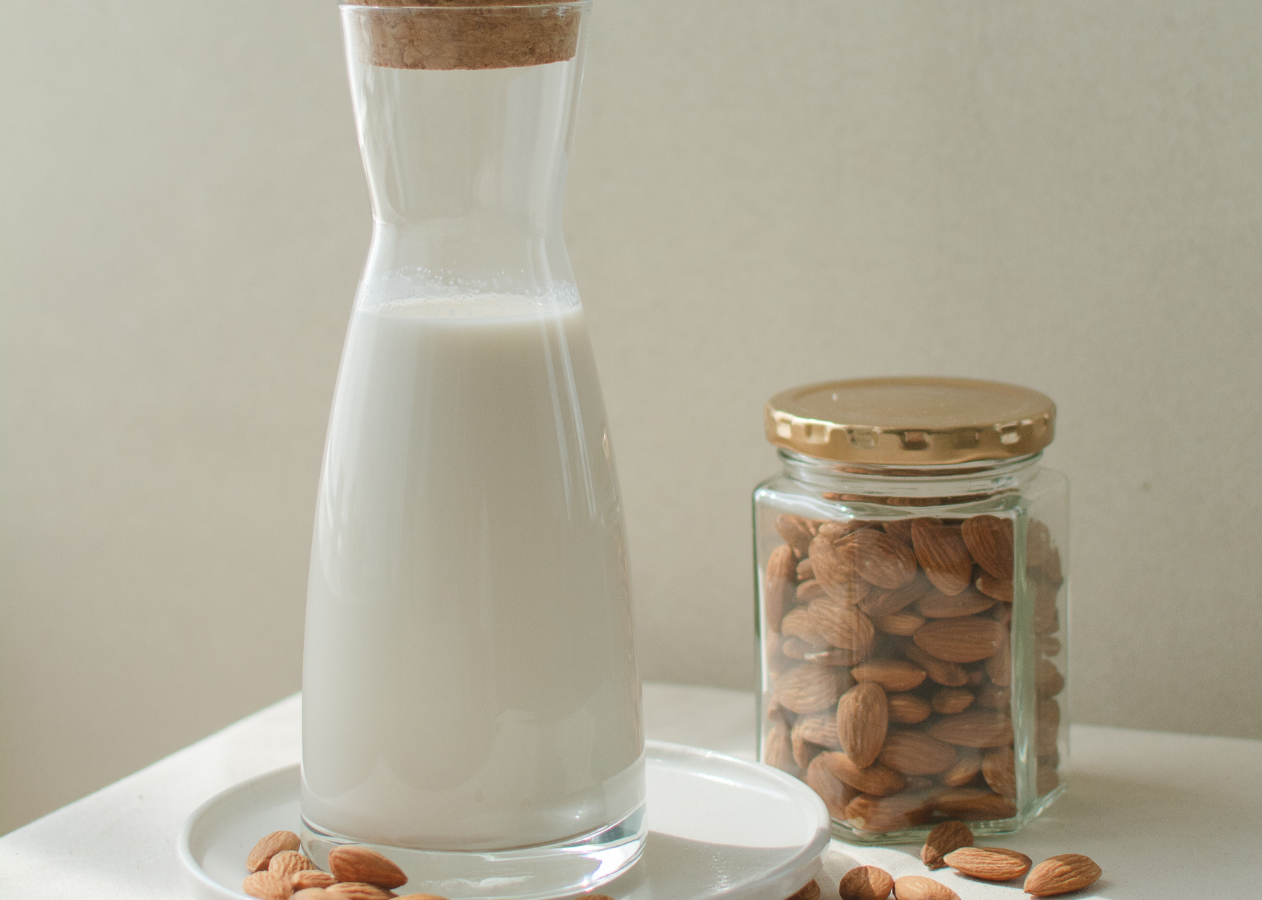Understanding the difference between the terms “vegetarian” and “vegan” can be challenging, however, the distinctions are easy to explain. So if you’re interested in becoming a vegan or vegetarian or you’re just curious about what makes them different, then keep reading:
What is a vegetarian?
Vegetarians abstain from meat (yes, this includes fish), but they typically still consume animal by-products such as eggs and dairy products.
There are sub-categories under vegetarianism that follow slightly different diet choices. They are:
- Pescatarian – eats seafood but abstains from all other meats
- Lacto-vegetarian – avoids meat and eggs but consumes dairy
- Ovo-vegetarian – avoids meat and dairy but consumes eggs
What is a vegan?
Like vegetarians, vegans abstain from meat, however, they do not consume animal by-products (including gelatin and honey). Many vegans also oppose supporting anything that inflicts animal suffering such as cosmetic products that have been tested on animals and clothing that is made of fur or leather.
There are sub-categories under veganism that slightly vary in regard to preferences to approaching plant-based foods:
- Whole food vegan – typically centers diet around whole foods such as fruits, vegetables, grains, legumes, nuts, and seeds.
- “Junk-food” vegan – diet consists of processed vegan foods such as frozen dinners, vegan-friendly desserts, and fast food.
- Raw-food vegan – eats plant-based foods in raw form or cooks food at specific temperatures.
- Low fat raw-food vegan (fruitarians)- restricts high fat plant-based foods such as avocados and nuts, instead relying heavily on fruits.
Are you considering going vegan or vegetarian?
If you’re considering going vegan or vegetarian, click here for posts on cruelty-free skincare, tips on going plant-based, and more!
Follow @aaliyahinspired on Tiktok and Instagram for more inspiration.


Leave a Reply